Summary:
Hurricane Irma hits Florida Keys on Sunday
Hurricane upgraded to a Category 4 storm, with winds of 130 miles per hour recorded, but later weakened
Officials say three people have been killed in US
Millions evacuated from US state
Hundreds of thousands are in shelters across several states
Fears storm could spread to Georgia, Alabama and beyond
Hurricane Irma has battered Florida after making landfall in the US, submerging streets, knocking out power to millions and snapping construction cranes over the Miami skyline.
At least three people are reported dead, a woman was forced to deliver her own baby, apartment towers swayed in high winds and trees were uprooted as winds peaked at 130mph.
While Irma has weakened to a Category 1 storm, technically losing its major hurricane status, forecasters said it could push into Georgia, Alabama, Mississippi, Tennessee and beyond.
A tropical storm warning was issued for the first time ever in Atlanta, some 200 miles from the sea.
Many streets were flooded in downtown Miami and other cities, with appliances and furniture seen floating away in the low-lying Keys, with fears worse could come from storm surges in the aftermath.
As forecasters warned Irma could hit the heavily populated Tampa-St. Petersburg area by Monday morning, electricity to more than 1.6 million Florida homes and businesses.
President Donald Trump said the US may have gotten a “little bit lucky” after Irma veered from its original course and headed along the coast.
The hurricane, which was upgraded to a Category 4 storm as it made landfall, slammed into the Lower Florida Keys on Sunday at around 9am local time.
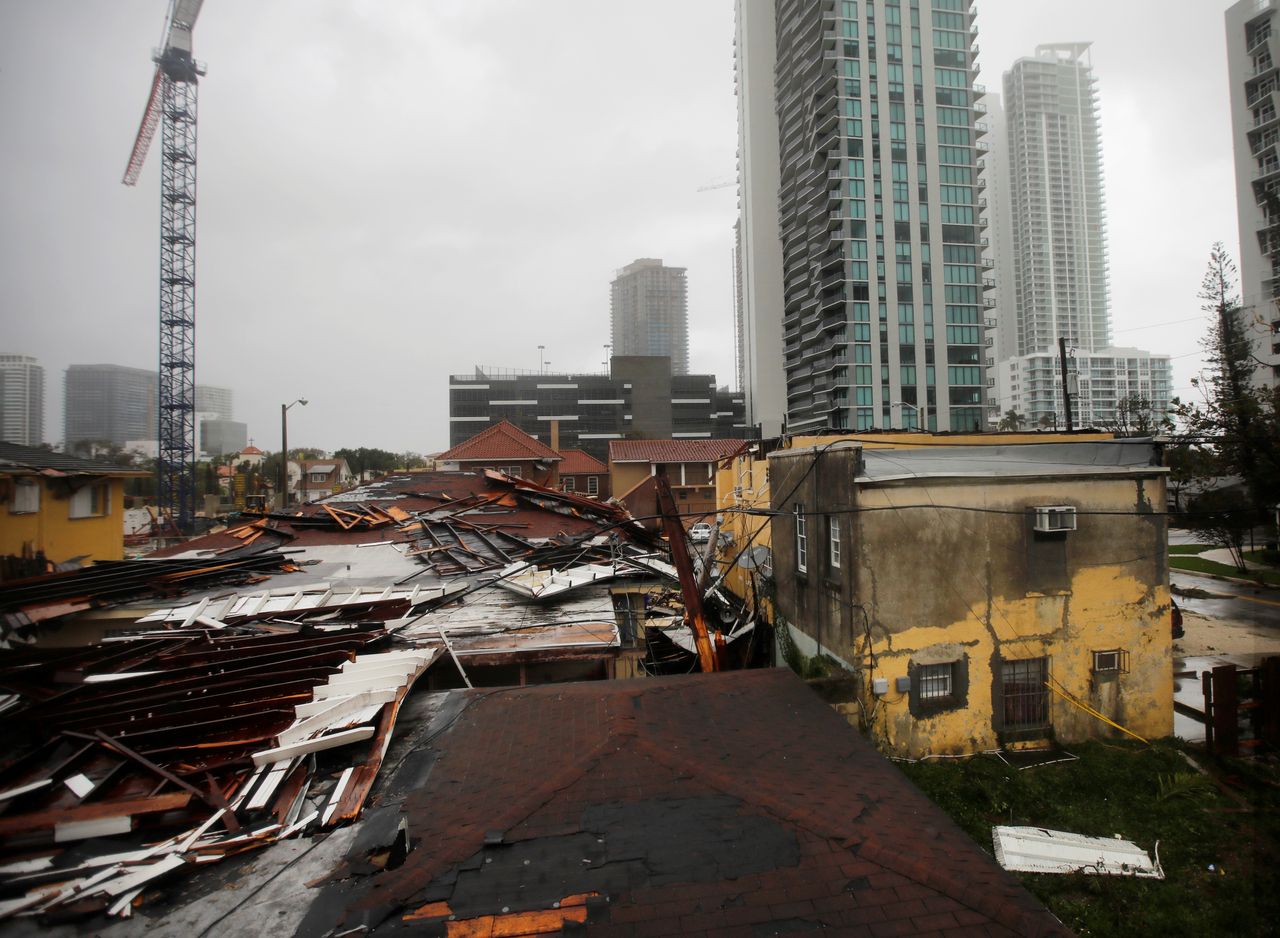

Irma has prompted one of the largest evacuations in US history and hundreds of thousands of people throughout the state have been left without power.
The Monroe County Sheriff’s Office said on Saturday one man had died in a car crash during the storm, with winds of up to 130mph.
Two other people, a sheriff’s deputy and a corrections officer, died from a two-car crash in the rain in Hardee County, officials said.
At least 22 people in the Caribbean lost their lives and thousands have been displaced.
Nearly seven million people from several US states in the storm’s path were told to evacuate their homes.
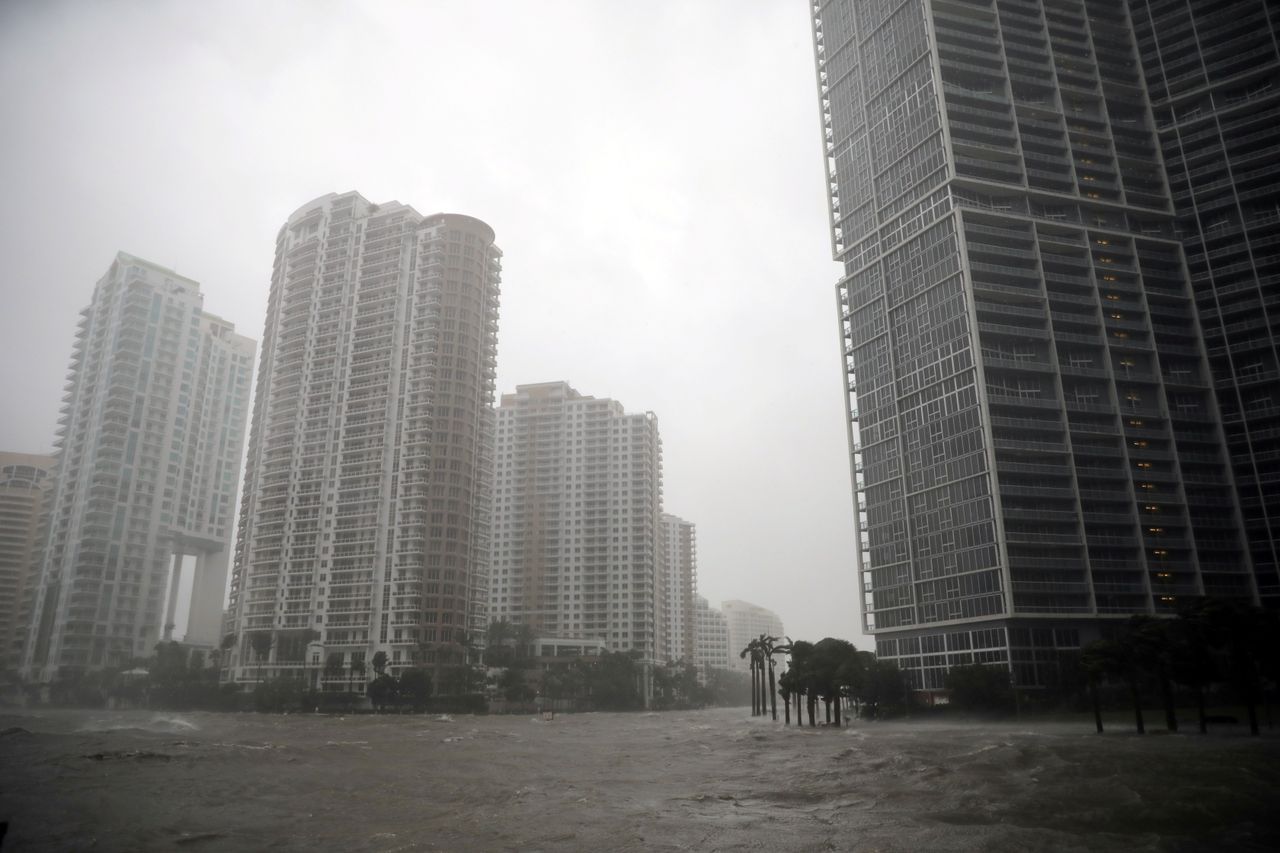
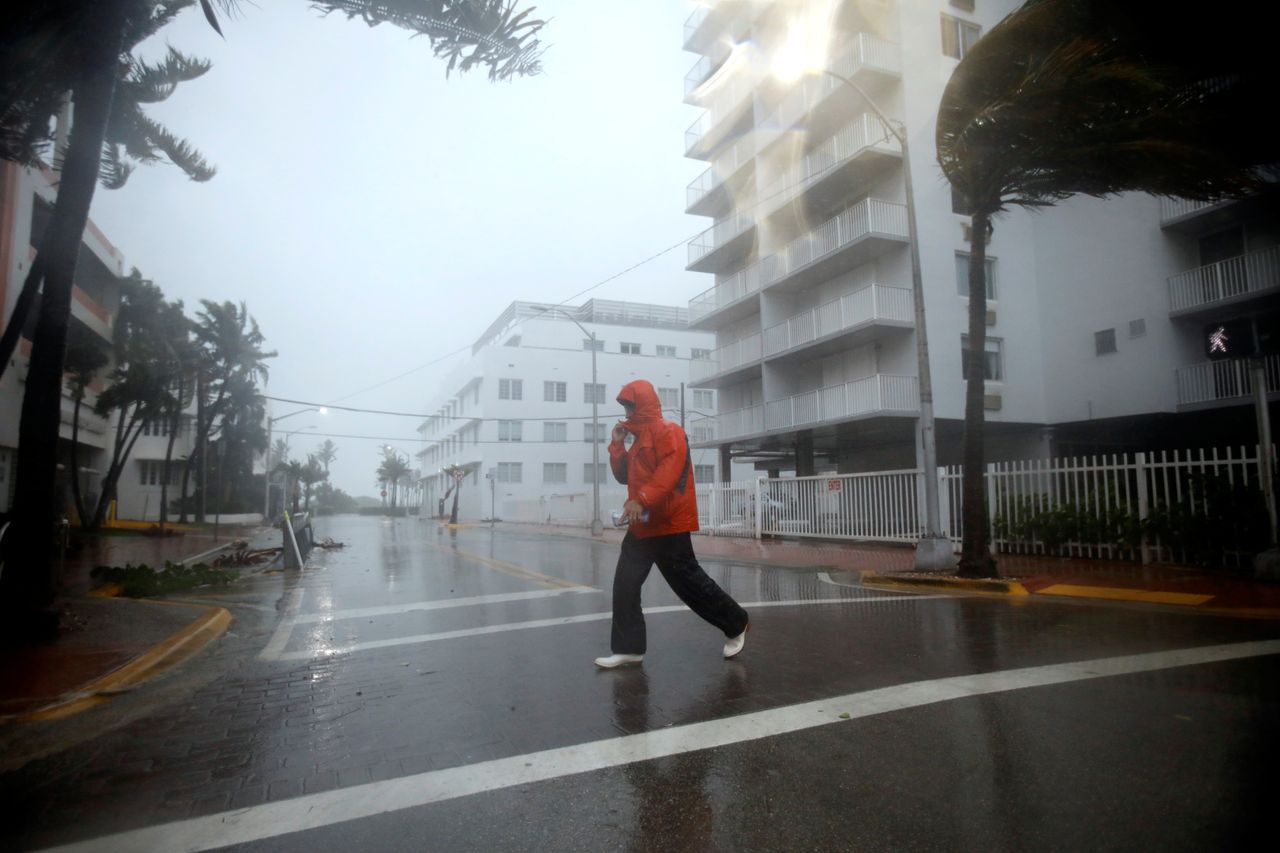
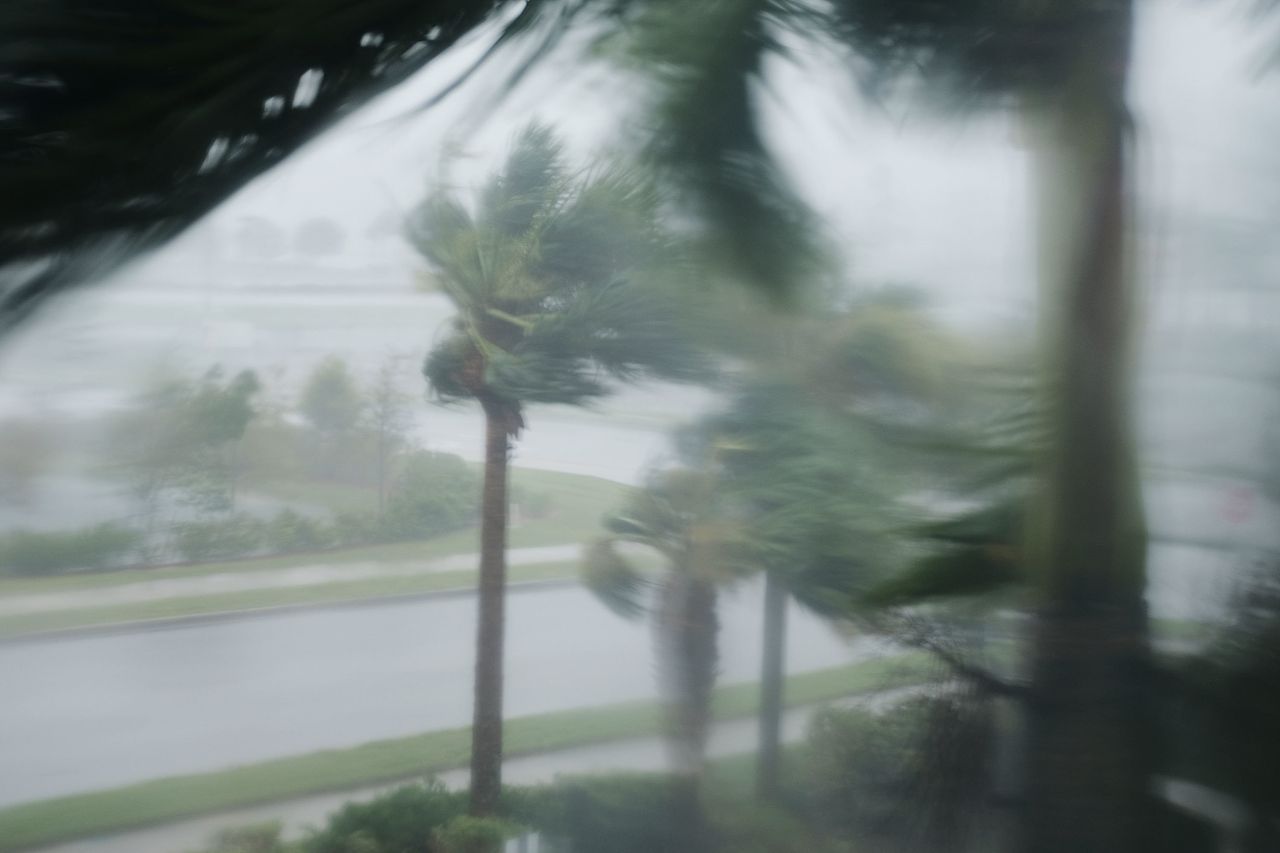
Hundreds of thousands of people are huddled in shelters across several US states.
As the northern edge of the storm reached the Florida Keys archipelago off the tip of southern Florida, lashing rains and winds knocked out power to hundreds of thousands of people on the mainland.
But the worst could be yet to come when storm surges emerge. The National Hurricane Center forecast potentially deadly water being driven ashore by the winds of up to 4.6 metres.
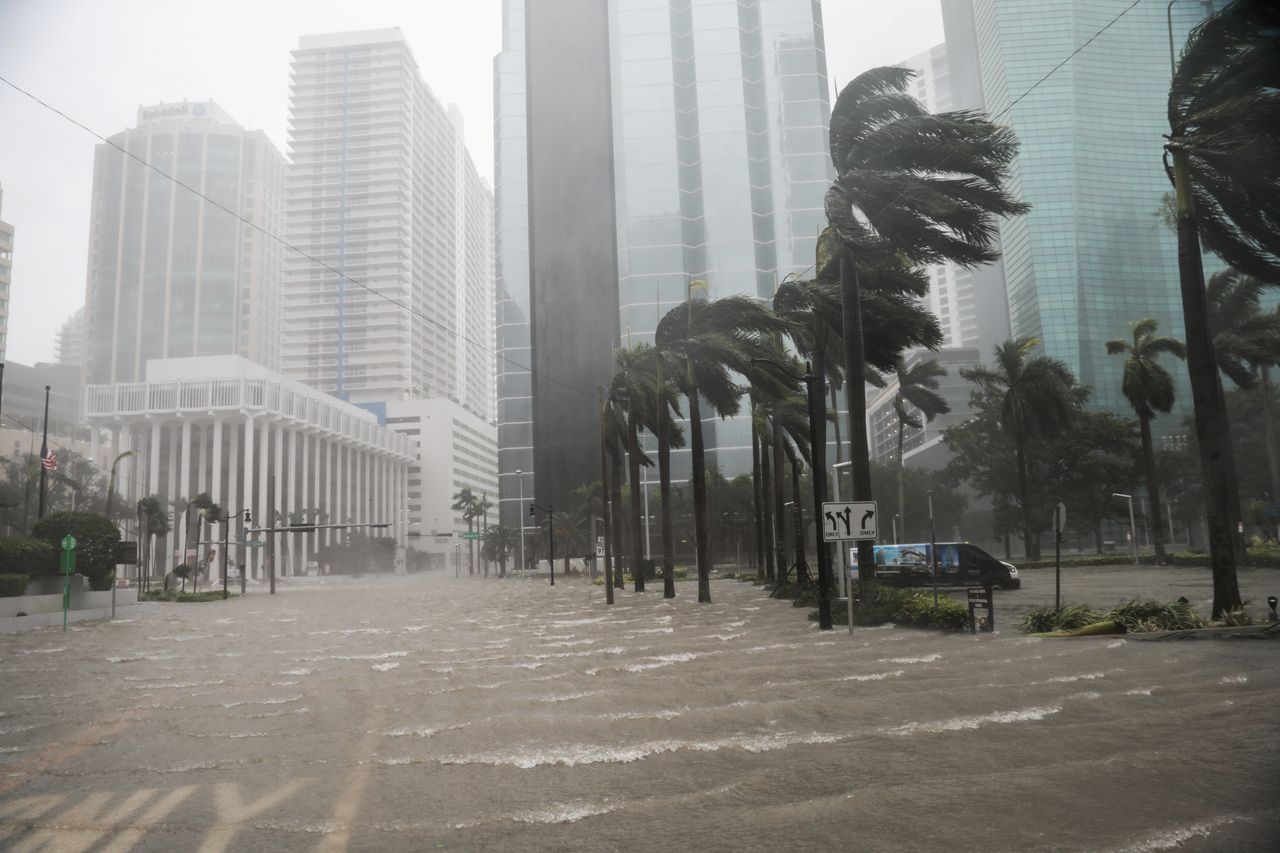
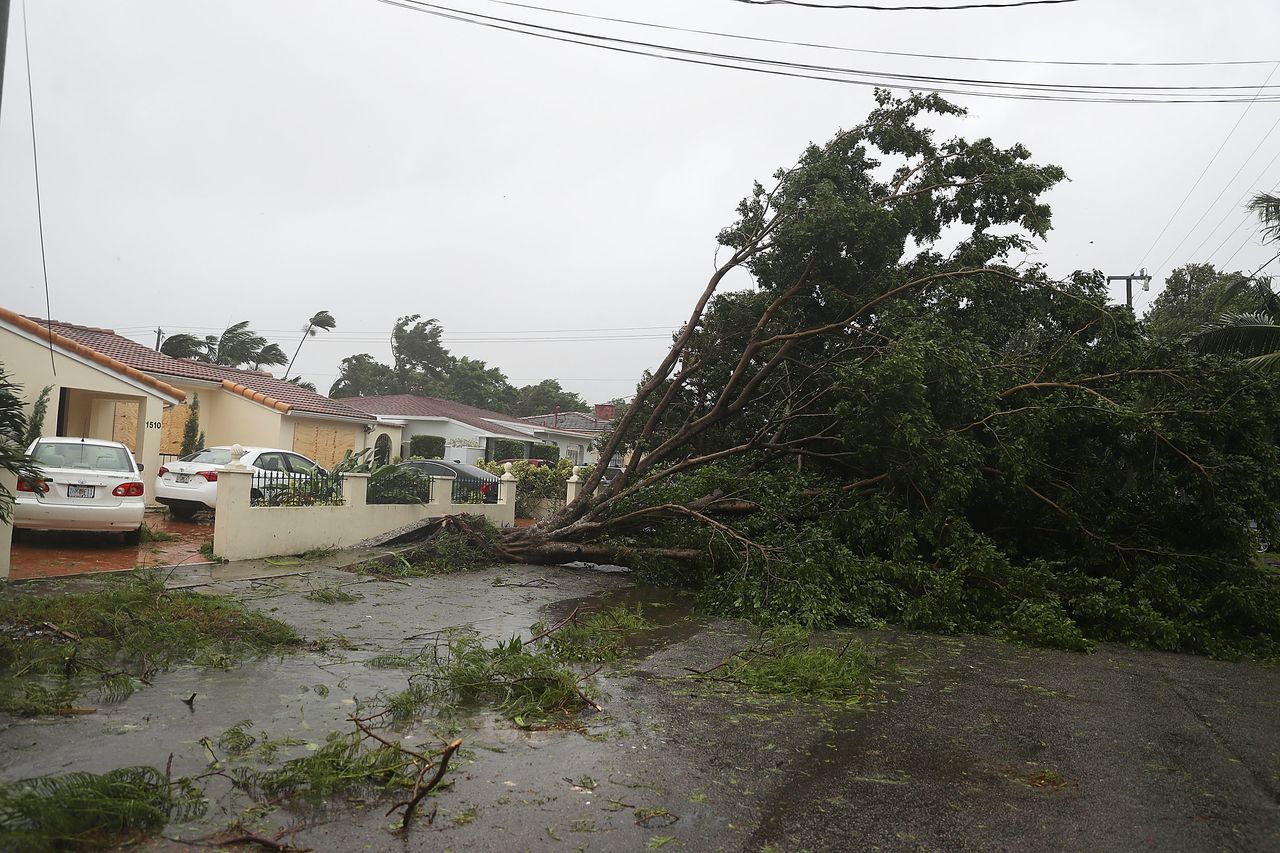
“Pray for us,” Florida Governor Rick Scott said at a press conference.
Irma is expected to cause billions of dollars in damage to the third-most-populous US state.
US Vice President Mike Pence said on Sunday that President Donald Trump had directed full federal resources to help with Hurricane Irma at it batters the Florida coast and that his latest briefing on the storm caused him “great concern”.
More than 1.6 million homes and businesses in south Florida were without power, the state’s largest utility said, and repairs to its system will take weeks, threatening to leave millions in the dark.
Meanwhile, the UK Government has announced that an additional 200 military personnel have been sent to the Caribbean to assist devastated British overseas territories. Ministers have received criticism for not responding quickly enough to the crisis, sending the Navy flagship HMS Ocean after the hurricane had hit.